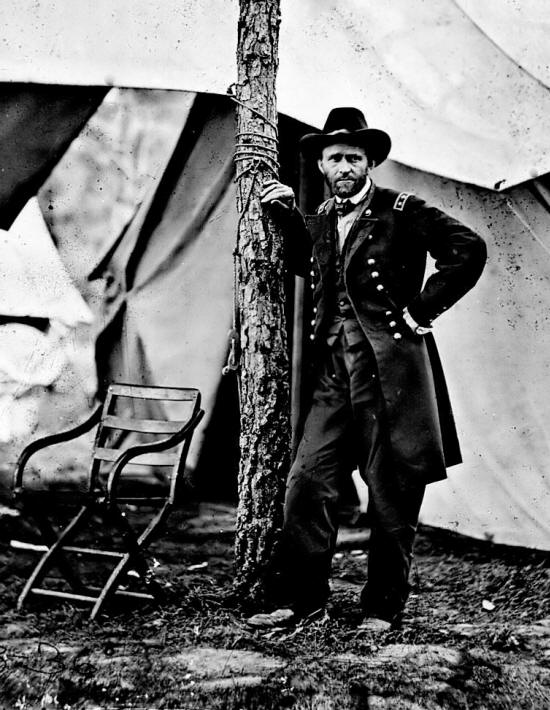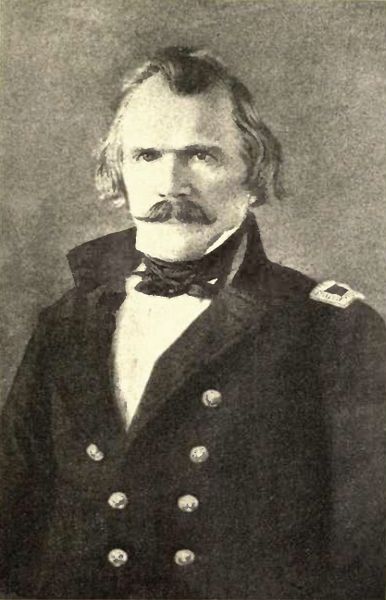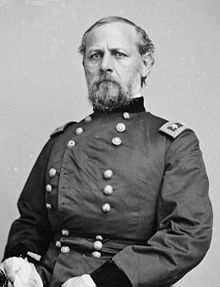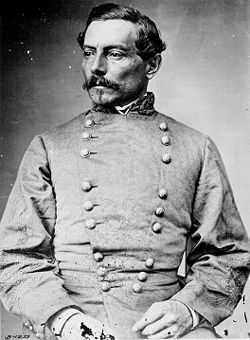April 06 —
One of the most confusing aspects of studying Civil War Battles and engage-ments is the frustrating tendency for a single event to have two names. The most common example is the name of the war itself: In the North, it is often referred to as the “War of The Rebellion”, or “The War For the Union, while the South refers to it as ‘The War Of Northern Aggression”.
The reason for this multiplicity of names is that Northern soldiers were more often than not from cities or urbanized areas, so they were impressed with the geography of the south, the mountains, valleys and streams and abundant rivers. Finding themselves in unfamiliar locations, they named many of their battles after these natural local and distinguishable features. For the Confed-erate soldiers, most of whom were quite familiar with the rural, and natural terrain, towns and buildings were more memorable, and in the south many of the same battles were referred to after the man-made structures they saw around them.
The Civil War explodes in, what was at that time called the west, today in 1862, as armies of Union General Ulysses S. Grant and his adversary, Confederate

General Albert Sidney Johnston collide at Shiloh, near Pittsburgh Landing in

Tennessee. The Battle of Shiloh, as it was called in the North, (or the Battle of Pittsburgh Landing, as it was known in the South) became one of the bloodiest engagements of the war, and the level of violence shocked North and South alike.
For six months, Yankee troops had been working their way up the Tennessee and Cumberland rivers. Kentucky was firmly in Union hands, and now the Federals controlled much of Tennessee, including the capital at Nashville. Grant scored major victories at Forts Henry and Donelson in February, forc-ing Johnston to gather the scattered Rebel forces at Corinth in northern Mississippi. Grant brought his army, 42,000 strong, with plans to rendezvous with General Don Carlos Buell and his 20,000 troops. Grant’s objective was to

sieze Corinth, a vital rail center that if captured would give the Union total control of the region. Twenty miles away, Johnston was sitting at Corinth with 45,000 soldiers. Johnston did not wait for Grant and Buell to combine their forces. He advanced on April 3, delayed by rains and muddy roads that also slowed Buell. In the early dawn of April 6, a Yankee patrol found the Confed-erates poised for battle just a mile from the main Union army. Johnston attacked, driving the surprised bluecoats back near a small church called Shiloh, meaning “place of peace.” Throughout the day, the Confederates battered the Union army, driving it back towards Pittsburgh Landing and threatening to trap it against the Tennessee River. Many troops on both sides had no experience in battle. The chances for a complete Confederate victory diminished as troops from Buell’s army began arriving, and Grant’s command on the battlefield shored up the sagging Union line. In the middle of the after-noon, Johnston rode forward to direct the Confederate attack and was struck in the back of the knee by a bullet, severing an artery and causing him to very quickly bleed to death. The ball severed an artery, and Johnston quickly bled to death. He would become the highest ranking general on either side killed during the war. General Pierre G. T. Beauregard assumed control, and he

halted the advance at nightfall. The Union army was driven back two miles, but it did not break. The arrival of additional troops from Buell’s army provided Grant with reinforcements, while the Confederates were worn out from their march. The next day, Grant pushed the Confederates back to Corinth for a major Union victory.
To purchase a signed copy of Larry Auerbach’s novel “COMMON THREADS”, Click Here
Photo courtesy of wikipedia.com

